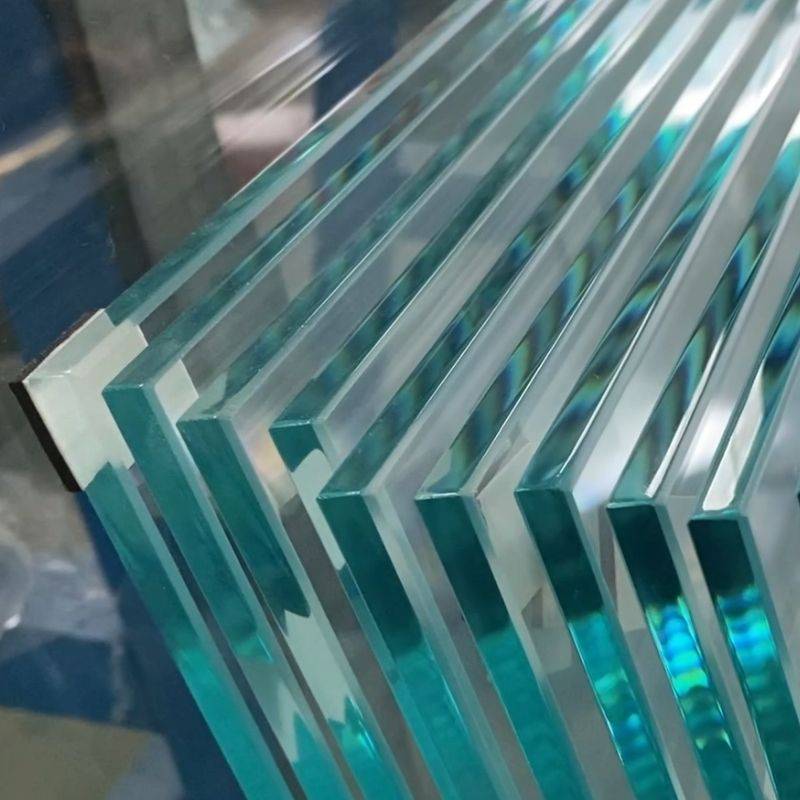

Understanding Low E-Value Glass A Key Innovation in Energy Efficiency
Low E-value glass, or low-emissivity glass, has emerged as a transformative material in the construction and design industries, largely due to its exceptional energy efficiency properties. This innovative glass type features a special coating that reflects heat rather than absorbing it, significantly enhancing a building's thermal performance. In this article, we will explore the science behind low E-value glass, its applications, benefits, and its role in sustainable architecture.
The Science of Low E-Value Glass
Low E-value glass is coated with a thin layer of metallic oxides, which are barely visible to the naked eye. This coating is designed to minimize the amount of long-wave infrared radiation that can pass through the glass. By reflecting heat back into a room during cold weather and keeping it out during hot weather, low E-value glass helps in maintaining a consistent interior temperature. The glass allows natural light to enter while blocking a significant percentage of harmful ultraviolet (UV) rays, thus protecting furnishings and reducing glare.
Applications of Low E-Value Glass
Low E-value glass is prevalent in various applications, including residential buildings, commercial properties, and automotive industries. In residential settings, it is commonly used for windows, skylights, and doors, contributing to energy savings and comfort. In commercial real estate, the glass is often incorporated into facades, enhancing aesthetic appeal while providing effective insulation. Moreover, the automotive industry uses low E glass in windshields and windows to improve cabin comfort and reduce energy consumption in heating and cooling systems.
Benefits of Low E-Value Glass
The advantages of low E-value glass extend beyond energy efficiency. One of the most significant benefits is its contribution to reducing energy bills. By enhancing a building's thermal performance, these windows can lead to substantial savings over time, making them a cost-effective choice for both new constructions and renovations.

Additionally, the environmental impact of using low E-value glass is noteworthy. With the growing concern over climate change and energy consumption, buildings constructed with energy-efficient materials are regarded as more sustainable. Low E windows can contribute to earning LEED (Leadership in Energy and Environmental Design) certification and other green building ratings.
Furthermore, low E-value glass contributes to improved indoor comfort. Temperature fluctuations are minimized, thus alleviating the discomfort often associated with drafts or overheating. The reduction of UV rays also leads to a healthier living environment, as it lowers the risk of skin damage and keeps interior items from fading.
The Future of Low E-Value Glass
As technology continues to evolve, the future of low E-value glass appears promising. Innovations in coatings and production techniques aim to enhance the performance of low emissivity glass, making it even more efficient and accessible. Research into dynamic glazing – glass that can change properties based on temperature and environmental conditions – could further enhance the benefits of low E-value glass.
Moreover, as regulations regarding energy efficiency become stricter, the demand for low E-value glass is likely to increase. Architects and builders are becoming more aware of the importance of selecting materials that not only meet today’s standards but also anticipate future needs.
Conclusion
Low E-value glass represents a significant step forward in sustainable architecture and energy efficiency. Its ability to efficiently control heat transfer while allowing natural light to penetrate makes it an integral component of modern buildings. As society strives for greater sustainability and reduced energy consumption, low E-value glass stands out as a practical and effective solution, benefiting both the environment and individual homeowners alike. Embracing this technology can lead to a brighter and more energy-efficient future.